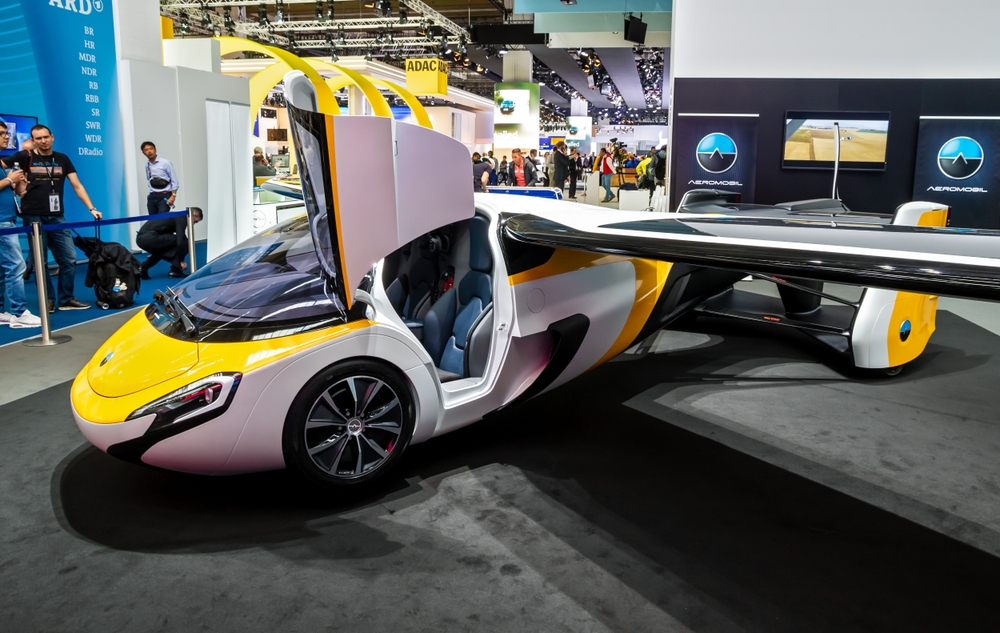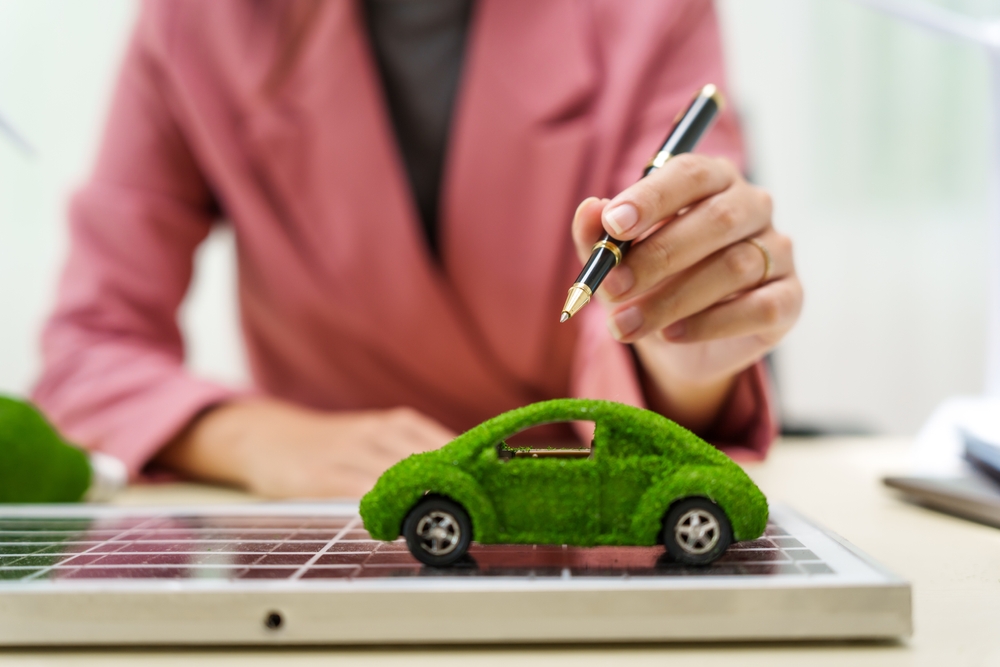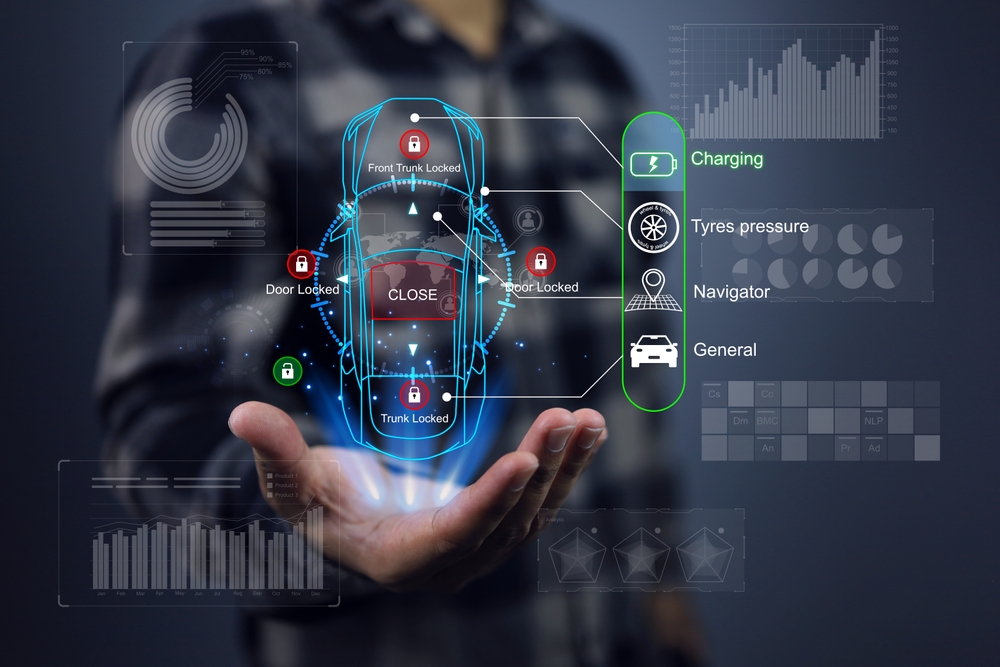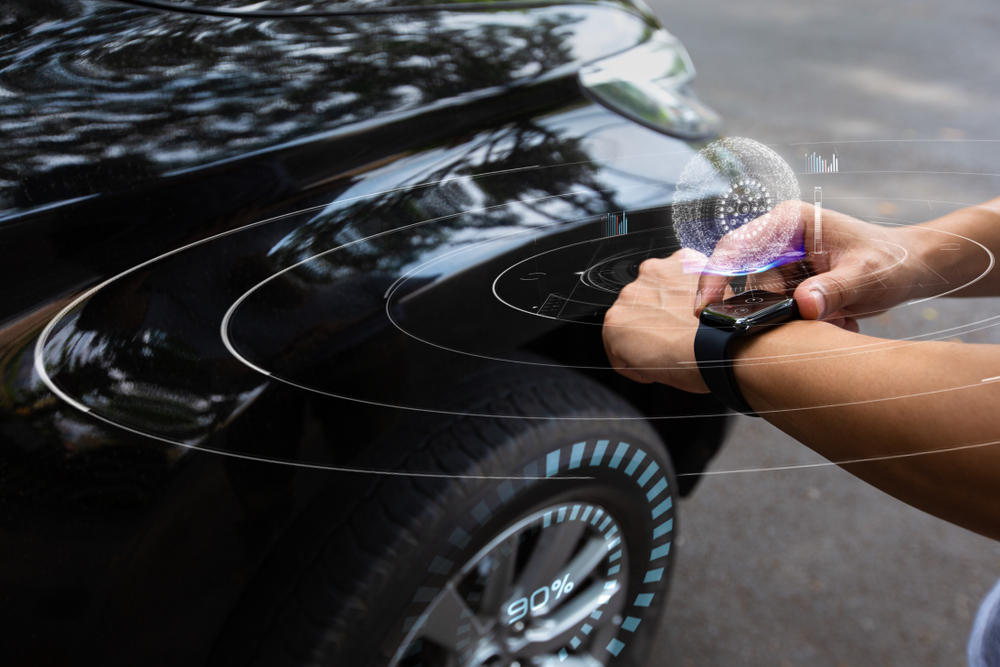Welcome to the frontier of automotive innovation, where pioneering concepts and cutting-edge technologies are charting new paths in mobility. As we stand on the cusp of a new automotive era, explore the groundbreaking advancements that promise to redefine our driving experience. From futuristic energy solutions to revolutionary vehicle designs, these innovations are not just enhancing transportation but reshaping how we interact with the world on wheels.
Flying Cars: The Dawn of Vertical Mobility
Flying cars are transitioning from science fiction to imminent reality, thanks to advances in aviation and automotive technology. These vehicles combine conventional driving with vertical takeoff and landing (VTOL) capabilities, aiming to ease road congestion by taking to the skies. With growing investments in VTOL technology and increasing prototypes, flying cars could soon offer a new dimension of personal freedom and urban mobility, making travel faster and more flexible while transforming city landscapes.

Solar-Powered Vehicles: Harnessing the Sun’s Energy
Solar-powered vehicles are emerging as a viable solution to reduce our dependence on fossil fuels. By integrating photovoltaic cells into vehicle surfaces, these cars can capture sunlight and convert it into usable energy, supplementing traditional battery power. This innovation promises to lower energy costs and reduce carbon footprints. As solar technology improves and becomes more efficient, these vehicles could revolutionize how we power our transportation, making it more sustainable and environmentally friendly.
AI-Driven Predictive Maintenance: Proactive Vehicle Care
Artificial Intelligence (AI) is transforming vehicle maintenance through predictive analytics. By analyzing data from various sensors embedded in the vehicle, AI systems can forecast potential issues before they become critical. This proactive approach allows for timely interventions and repairs, minimizing downtime and extending vehicle lifespan. AI-driven predictive maintenance not only enhances vehicle reliability but also improves safety and reduces overall maintenance costs, leading to a more efficient and cost-effective driving experience.
Biodegradable Car Parts: Reducing Automotive Waste
The automotive industry is increasingly turning to biodegradable materials for car components to address environmental concerns. These parts, made from plant-based or other eco-friendly materials, decompose naturally at the end of their life cycle, reducing landfill waste and environmental impact. Innovations include biodegradable seat cushions, dashboards, and interior trims. This shift towards sustainable materials reflects a growing commitment to minimizing the ecological footprint of vehicle production and contributing to a more circular economy.

Augmented Reality Head-Up Displays: Transforming the Driver’s View
Augmented Reality (AR) Head-Up Displays (HUDs) are revolutionizing the driving experience by projecting crucial information directly onto the windshield. This technology overlays navigation directions, hazard alerts, and other data onto the driver’s field of vision, making it easier to access essential information without diverting attention from the road. AR HUDs enhance situational awareness, improve safety, and provide a more intuitive driving experience, allowing drivers to stay informed while keeping their eyes on the road.
Bidirectional Charging: Vehicles as Power Hubs
Bidirectional charging technology is transforming electric vehicles (EVs) into dynamic energy sources. This innovation allows EVs to not only draw power from the grid but also return excess energy, supporting the grid during peak demand times. By acting as mobile power hubs, EVs can enhance grid stability, integrate renewable energy, and contribute to a more resilient energy system. This technology aligns with the broader goal of creating a more sustainable and flexible energy infrastructure.
Smart Tires: Enhancing Safety and Performance
Smart tire technology is making significant strides by integrating sensors that monitor real-time data such as tire pressure, temperature, and tread wear. These sensors provide drivers with crucial information about tire condition, helping to prevent blowouts, improve fuel efficiency, and enhance vehicle handling. Smart tires contribute to overall vehicle safety and performance by alerting drivers to maintenance needs before they become critical issues, ensuring a safer and more efficient driving experience.

Blockchain for Vehicle History: Ensuring Transparency and Trust
Blockchain technology is being utilized to create secure, immutable records of vehicle histories. By storing every transaction, service record, and ownership change on a decentralized ledger, blockchain ensures that vehicle information is transparent and tamper-proof. This innovation enhances trust in the used car market by reducing fraud and providing accurate, verifiable histories, making it easier for buyers to make informed decisions and for sellers to prove their vehicle’s legitimacy.
Intelligent Road Infrastructure: Bridging Vehicles and Smart Cities
Intelligent road infrastructure is integrating advanced technologies to create smarter urban environments. Features such as adaptive traffic signals, automated incident detection, and real-time data collection help manage traffic flow and improve road safety. This technology supports seamless communication between vehicles and infrastructure, optimizing traffic management, reducing congestion, and enhancing the efficiency of urban mobility systems. Intelligent infrastructure represents a key component of smart city development and modern transportation solutions.
Wearable Vehicle Interfaces: Enhancing Driver Interaction
Wearable technology is being integrated with vehicle systems to offer a new level of interaction. Devices such as smartwatches and augmented reality glasses allow drivers to control in-car functions, receive navigation prompts, and monitor vehicle performance directly from their wearables. This hands-free approach enhances convenience and safety by reducing the need for manual adjustments and providing real-time updates, making the driving experience more intuitive and connected.

Autonomous Delivery Vehicles: Revolutionizing Last-Mile Logistics
Autonomous delivery vehicles are set to transform the logistics industry by providing efficient, driverless solutions for last-mile deliveries. These vehicles are designed to navigate urban environments and deliver packages directly to consumers, reducing delivery times and operational costs. With advancements in autonomous driving technology and navigation systems, these vehicles promise to streamline logistics operations, enhance delivery efficiency, and meet the growing demand for fast, reliable service.
Conclusion
The landscape of automotive innovation is rapidly evolving, bringing forth a wave of transformative technologies that promise to redefine our transportation experience. From flying cars and solar-powered vehicles to intelligent infrastructure and autonomous delivery systems, these advancements are not only enhancing the way we travel but also addressing critical environmental and efficiency challenges. As we embrace these cutting-edge solutions, we are stepping into a future where mobility is smarter, greener, and more connected than ever before. The road ahead is filled with exciting possibilities, and the journey towards a revolutionary automotive future is just beginning.

